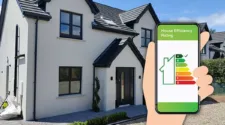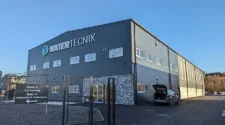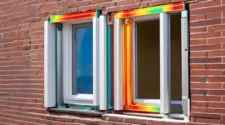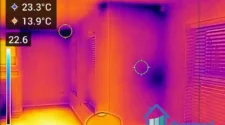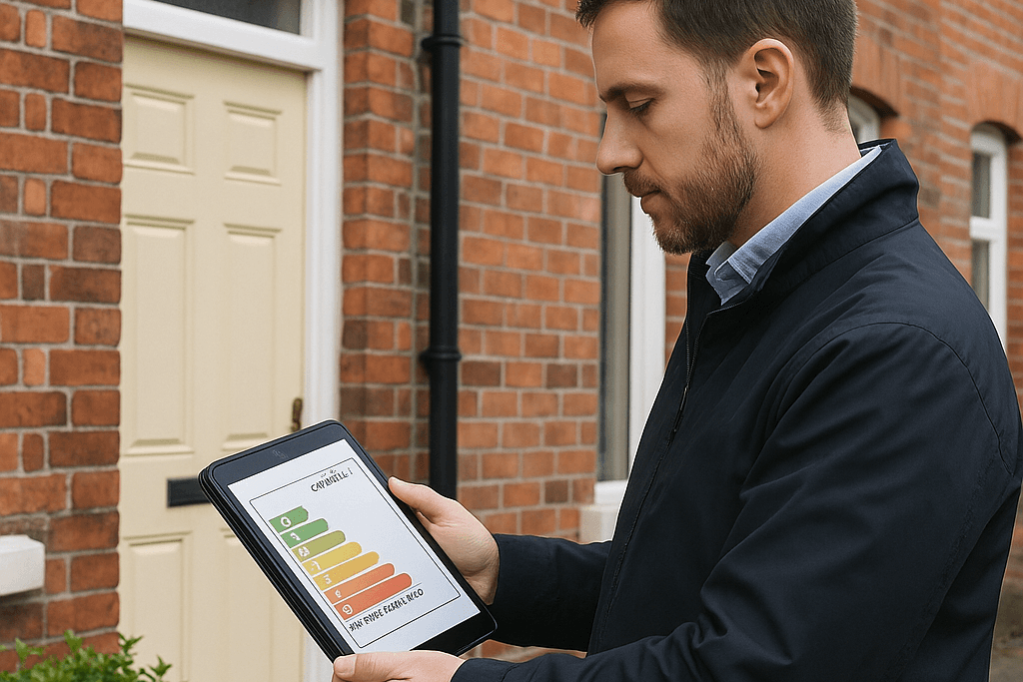EPCs Are Changing in Northern Ireland – What RDSAP 10 Means for Your Property
From June 2025, Energy Performance Certificates (EPCs) in Northern Ireland will be calculated using the updated RDSAP 10 methodology. This revised assessment standard introduces more accurate modelling, updated fuel data, and enhanced treatment of modern technologies — but most notably, it brings a new opportunity to boost EPC ratings through airtightness testing.
What Is RDSAP 10?
RDSAP (Reduced Data Standard Assessment Procedure) is the government-approved methodology used to assess and generate EPCs for existing homes. RDSAP 10 is the latest version, designed to better reflect current building practices, fuel prices, and the performance of technologies such as heat pumps, solar PV, and battery storage.
Key Changes in RDSAP 10
Some of the most significant updates include:
- Revised fuel costs and CO₂ emission factors – Aligning EPCs more closely with real-world running costs.
- Improved modelling of electric heating systems – Including fairer treatment of modern high-heat retention and smart storage solutions.
- Accurate treatment of renewables – Solar PV, batteries, and other systems are now modelled more effectively.
- Measured window areas and revised glazing assumptions – Increasing accuracy in heat loss modelling.
- Expanded data inputs – Including more details on insulation, thermal bridging, and heating controls.
- Airtightness testing included for the first time – Offering a new way to influence the EPC rating.
Airtightness Testing: The Most Cost-Effective EPC Upgrade
For the first time in Northern Ireland, airtightness testing results can now be entered into an EPC assessment under RDSAP 10. This provides a practical and affordable opportunity to improve your property’s rating — without making any physical upgrades.
Why This Matters
Previously, RDSAP assessments assumed a default air leakage rate based on the age of the property. Under RDSAP 10, if you conduct an air permeability test using an approved method, the result can be entered directly into the software. If the result is better (i.e. lower) than the assumed default, the EPC will score more favourably.
Key Benefits:
- Low cost – Airtightness testing typically costs less than common fabric upgrades (e.g. replacing windows or installing insulation).
- Immediate EPC improvement – Without undertaking physical works or waiting for retrofit funding.
- Better energy advice – A measured airtightness figure provides clearer guidance on ventilation, heat loss, and overall building performance.
- Highly relevant for landlords – Especially where properties fall just below target thresholds (e.g. D to C).
In many cases, this is the cheapest and fastest way to gain EPC points under the new system.
Who Should Consider Airtightness Testing?
- Landlords with properties near EPC rating thresholds
- Vendors seeking to boost marketability
- Homeowners considering retrofit investments
- Housing associations managing large portfolios
Testing is non-invasive, takes only a few hours, and can significantly influence your EPC outcome under RDSAP 10.
Get Prepared for the Change
We recommend the following:
- Review your current EPC – Particularly if it’s more than 5 years old or close to a rating threshold.
- Schedule an airtightness test – Especially if your property has good fabric condition but low EPC performance.
- Work with an accredited RDSAP 10 assessor – To ensure results are applied correctly and to identify further cost-effective improvements.
Final Thoughts
The introduction of RDSAP 10 marks a step forward in how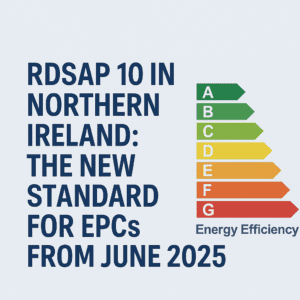 Northern Ireland assesses domestic energy performance. It rewards efficient, modern systems and opens up new pathways — like airtightness testing — for improving EPC scores affordably.
Northern Ireland assesses domestic energy performance. It rewards efficient, modern systems and opens up new pathways — like airtightness testing — for improving EPC scores affordably.
To discuss how airtightness testing or RDSAP 10 may impact your property, please get in touch with our experienced team.

